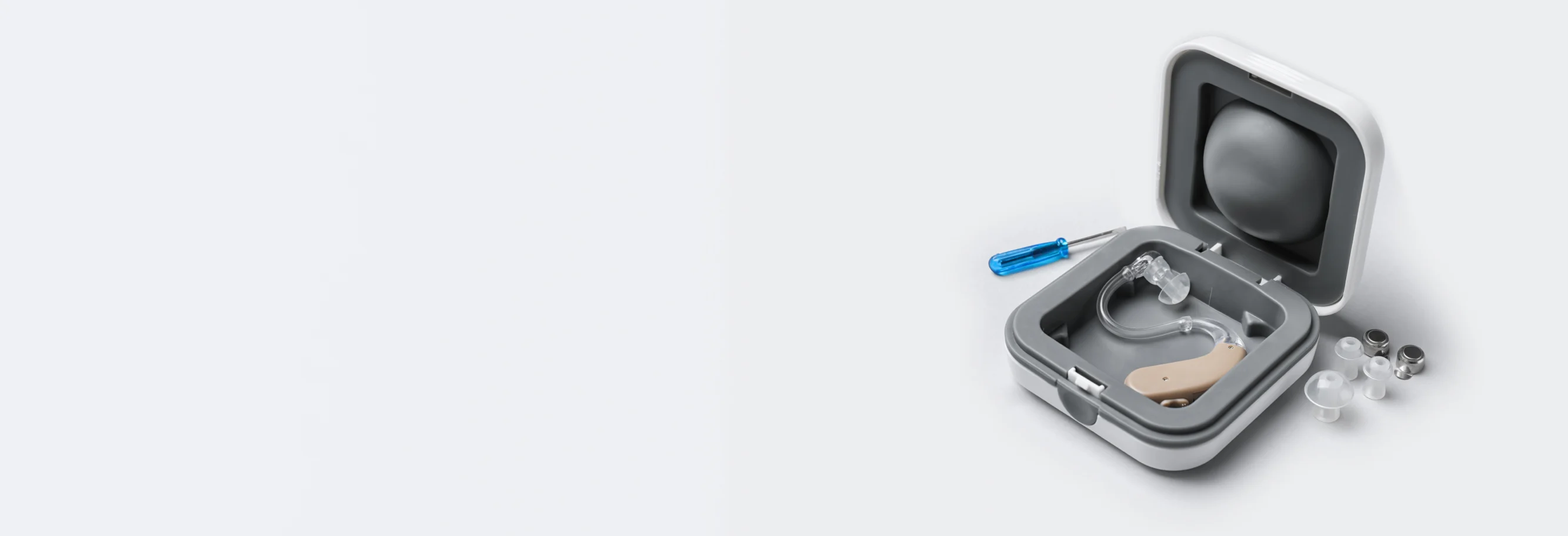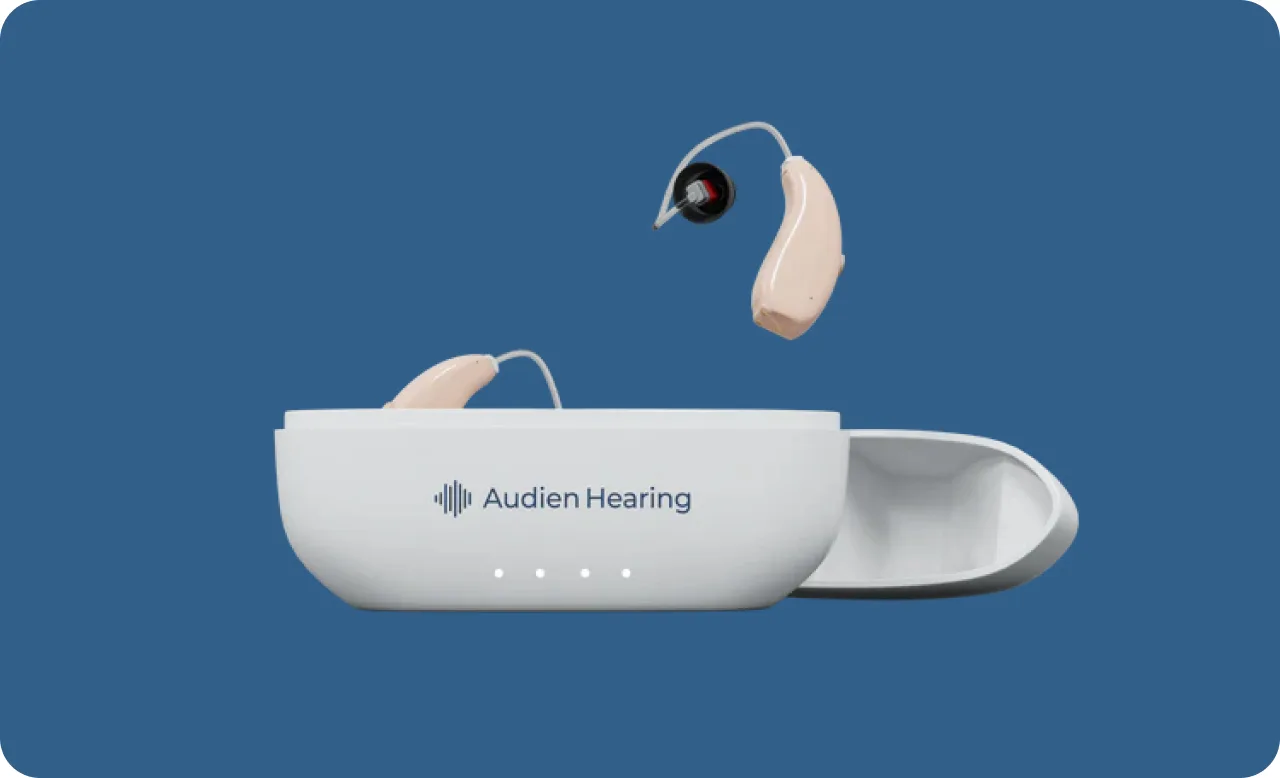
The Ultimate Hearing Aid Comfort Guide: What to Know Before You Buy
Choosing a hearing aid is a significant step toward improving your quality of life, but finding a device you'll actually wear all day comes down to one crucial factor: comfort. An uncomfortable hearing aid often ends up in a drawer, defeating its purpose entirely. This hearing aid comfort guide is designed to walk you through the key considerations that matter most for daily wear, ensuring your investment enhances your life without causing irritation or distraction.
Fit and Style: The Foundation of Comfort
The most significant factor in hearing aid comfort is how the device physically fits in or around your ear. There are two primary styles, each with its own comfort profile. Behind-the-Ear (BTE) models rest behind your ear, with a small tube or wire extending into the ear canal. They are often considered very comfortable for long-term wear as they put minimal pressure inside the canal. In-the-Ear (ITE) and In-the-Canal (ITC) models are custom-molded to the unique shape of your ear canal. While this provides a secure and discreet fit, a poor impression can lead to pressure points and discomfort. A precise, professional fitting is non-negotiable for these styles.
Material, Weight, and Ventilation
Modern hearing aids are remarkably lightweight, but the materials used are still important. Most devices are made from medical-grade, hypoallergenic acrylics and silicones to prevent skin irritation. If you have sensitive skin, be sure to discuss material options with your audiologist. Furthermore, ventilation is key to avoiding the 'occlusion effect'—the sensation of your own voice sounding boomy or hollow. A well-designed hearing aid, particularly custom models, will incorporate a tiny vent to allow sound to escape, creating a more natural listening experience and reducing feelings of stuffiness.
Acoustic Comfort: Beyond the Physical Fit
Comfort isn't just physical; it's also auditory. A poorly programmed hearing aid can be jarring, with sounds that are too sharp or feedback (whistling) that is distracting. Advanced features like automatic feedback cancellation and noise reduction are essential for a comfortable listening experience. The device should amplify the sounds you want to hear while dampening background noise, making conversations feel effortless rather than overwhelming. Your audiologist will fine-tune these settings, but it's important to choose a device with the technological capability to provide this level of acoustic comfort.
Making Your Final Decision
Finding the perfect hearing aid is a balance between technology, style, and, most importantly, personal comfort. Using this hearing aid comfort guide as your checklist empowers you to ask the right questions and prioritize the features that will make all-day wear a reality. Now that you understand what to look for, the next step is to see how different models stack up. Our comprehensive product reviews provide in-depth analysis and comparisons to help you confidently select a hearing aid that feels as good as it sounds.
Frequently Asked Questions

Audien Hearing Aids Reviews: Affordable Hearing Solutions?
Audien Hearing aims to make sound amplification accessible with its range of highly affordable hearing devices. These direct-to-consumer products offer a simple solution for those experiencing mild hearing difficulties who are seeking a budget-conscious entry point into hearing enhancement.










